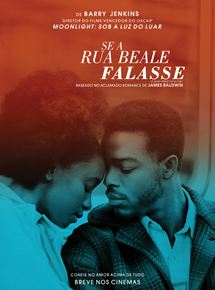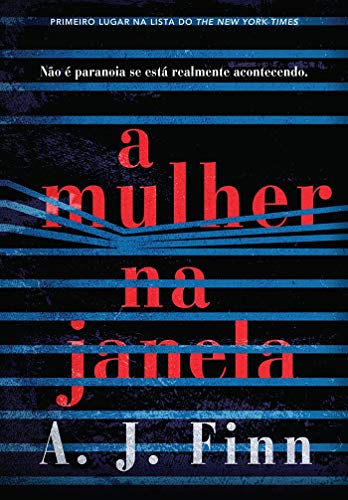If Beale Street could talk - James Baldwin

Before discussing the synopsis of James Baldwin's If Beale Street Could Talk, it's important to introduce the reader to the historical reference of the time in which the story takes place.
A he story of the book takes place in the 1970s (in 1973), a few years after the assassination of America's greatest black leader, Martin Luther King, in 1968. This moment preceded some great achievements for black people. Believe me: until until recently, black people couldn't go to the same bathroom as white people. No could not use the same public transport. They couldn't sit in the same in public places. Segregation was real.
It was only at the end of the 1960s, in 1967, that the last anti-miscegenation law was passed. In other words, it was only then that blacks were allowed to marry whites. At that time, a strong civil movement for black human rights was growing, headed by its greatest leader, Martin.
Many attacks were organized by the Ku Klux Klan and racist organizations. The the will of blacks to fight white violence with the same coin, through more violence.
However, de facto segregation can still be seen in the United States today. Not only there, but here in Brazil we can see it on a daily basis, unfortunately.
At the time the book was written, American criminologists were already questioning the the functionality and efficiency of prisons in the United States, from the aspect of resocialization. They were evaluating prisons as a space capable of produce even more crime. Look at that. How relevant that is today.
But, let's get to the book:
In "If Beale Street Could Talk", the plot is built around the arrest of Fonny, a black man, aspiring artist, who ventured to live in a "white" area of New York with his fiancée Tish. with his fiancée Tish. During the story, we realize that black people are not at all welcome in white areas.
The novel is told in retrospect, so right from the start the reader knows that Fonny is going to jail. Although it's a fictional relationship (Fonny and Tish), several elements of the narrative are real and the author's inspiration came from a real story of Wilian Tony Maynard, one of his friends. In this context, there would certainly be many "Fonnys" to serve as the main character.
Coincidence or not, Beale Street is in Memphis, Tennessee, in the South of the United States, the same city where the greatest leader of the black community was murdered on the balcony of his hotel in 1968. And the South has also been responsible for great tragedies and persecutions, the place where white people are most concentrated in the United States.
The protagonists' big mistake, in fact, much more due to Fonny's will, was to choose a place to live that clearly shows itself to be a place of oppression. There are several episodes in the book that show this. Sexuality is dealt with in the plot in the following way: the black woman is the one that white men can harass. Just as the black man also shows his sexuality in the imaginary, but as a rapist.
Symbolic and psyches were forged in religion - in this case, Protestant religion. Even though the author refuted religion in his life, this relationship with religious doctrines serves as a backdrop to his works.
A he question of skin color is crucial to the plot. As a novel narrated by the young Tish, the writer subtly shows the perception of this issue even by the main character. by the main character.
Novelist, essayist, poet, playwright and political activist, many elements of the story with the author's own story.
It's a touching, revolting and reflective book. How do we allow this to happen to a human being who is exactly like us? Skin color has been and still is, unfortunately, a determining factor in who oppresses and who is oppressed. And this is not victimhood. It's historical and statistical.
#Oscar2019 A touching book about a fictional romance that could still be real today... It's worth a read! It has been adapted and the movie is in the running for the Oscars 2019.






Responses